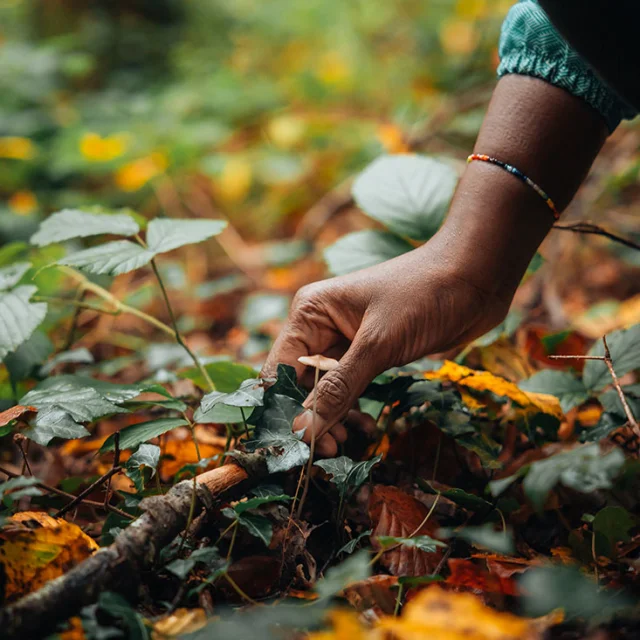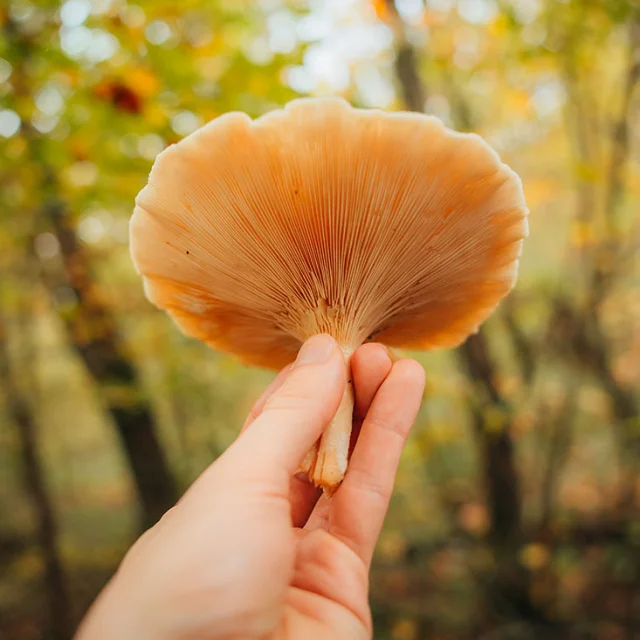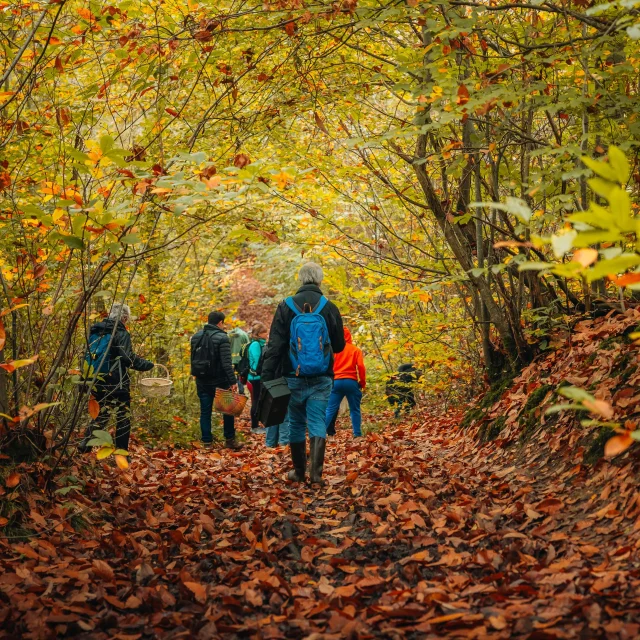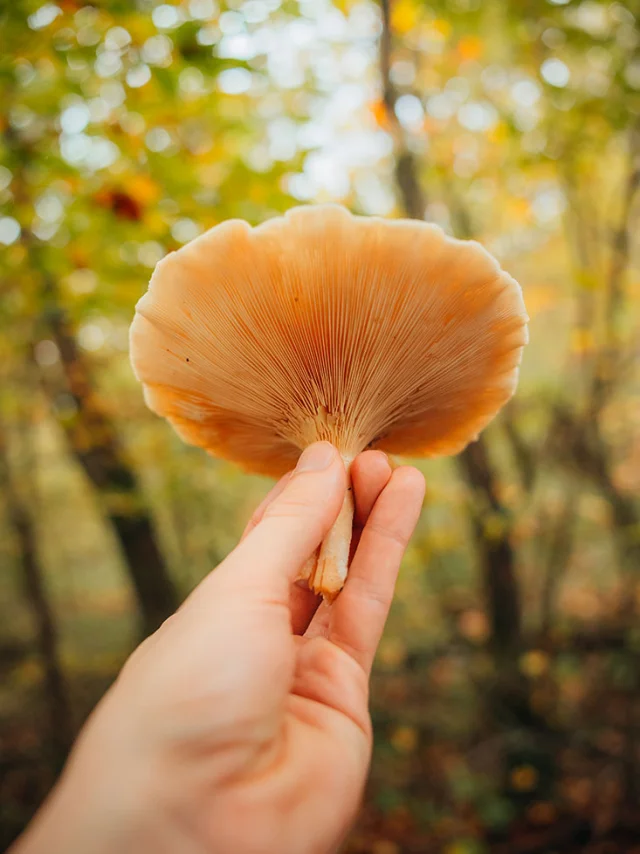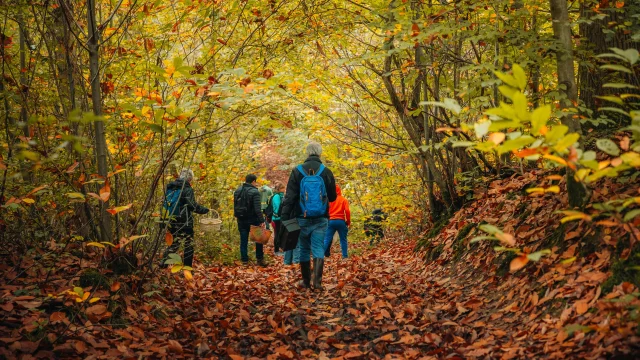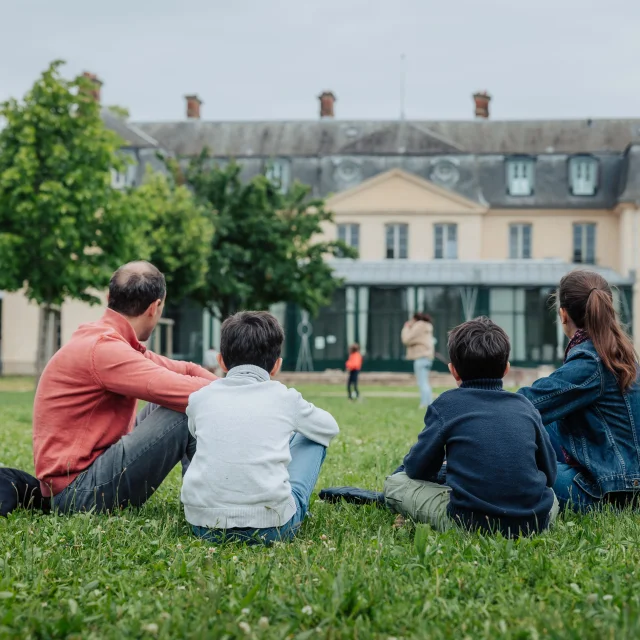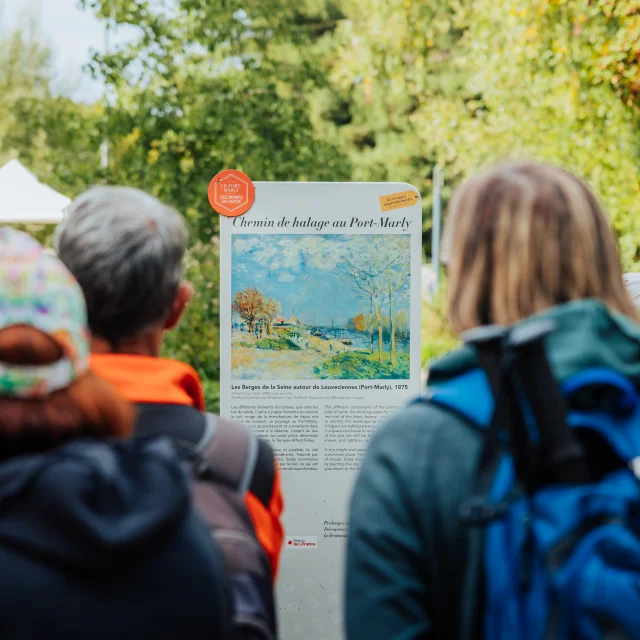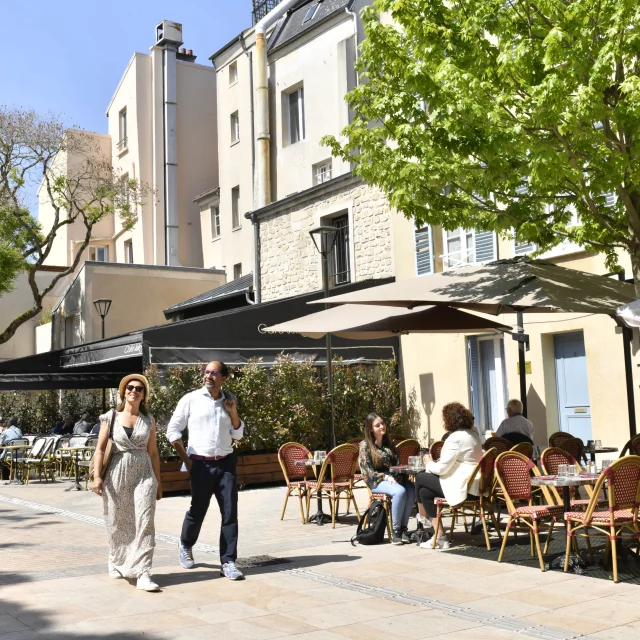The Marly forest owes its lush vegetation to the many species that make it up, as well as more than fifty ponds that encourage the creation of ecological niches and the hatching of numerous species, including varieties… of mushrooms of course!
Yes, here too, you can take the whole family on wonderful walks all year round, on foot or by bike, and armed with a stick in autumn, to gently lift the leaves that hide so many treasures! Rich in oak, beech and chestnut trees, boletes and ceps will be the two species you’re most likely to come across on your way.
Get your children involved during this family mushroom picking in Marly Forest. They’ll find it easier to slip into the hard-to-reach nooks and crannies at the foot of the hundred-year-old trees and, why not, find a Wood Hen or a Sheep’s-foot! But be sure to keep an eye out for edible mushrooms, how to harvest them and what you can do to protect the environment while you’re out on your wildest quest!

